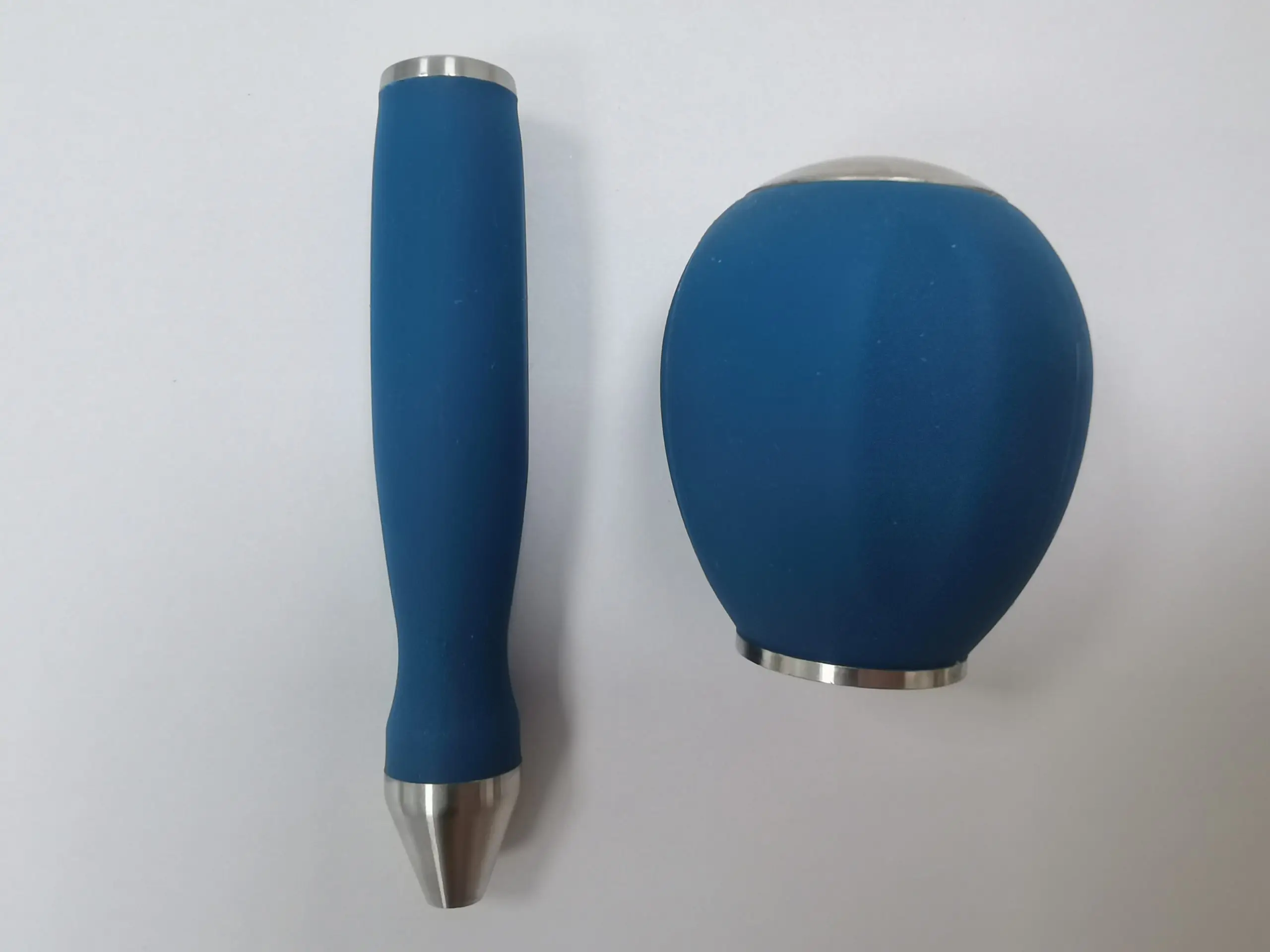When it comes to creating complex, multi-material components, LSR overmolding and silicone overmolding are indispensable processes. At Henry Precision, we’ve spent over 8 years refining LSR overmolding, using it to craft parts that combine the flexibility of silicone with the strength of other materials. Our silicone overmolding expertise spans industries from medical devices to automotive, proving how these techniques solve unique manufacturing challenges by eliminating the need for manual assembly and improving part durability. Whether it’s a medical device requiring biocompatible seals or an automotive component needing vibration resistance, LSR overmolding and silicone overmolding deliver solutions that single-material manufacturing can’t match.
Versatile Applications Across Industries
LSR overmolding and silicone overmolding excel in producing parts for critical sectors where performance and reliability are non-negotiable. In healthcare, we use silicone overmolding to create components like wearable device straps, surgical tool grips, and fluid-tight seals for diagnostic equipment—all requiring FDA-compliant, skin-safe materials. For automotive and new energy vehicles, our LSR overmolding adds heat-resistant layers to engine components and waterproof seals to electrical systems, ensuring parts withstand extreme temperatures and moisture. Even in consumer electronics, silicone overmolding enhances user experience, with rubberized edges on smart devices that improve grip and shock absorption, or soft-touch controls on home appliances that feel comfortable to the touch.
Precision That Meets Tight Specifications
What sets our LSR overmolding apart is the precision we achieve, even with complex designs. We consistently hit tolerances as tight as 0.001”, ensuring each part fits perfectly with mating components. This level of accuracy is maintained throughout production, thanks to our advanced injection molding equipment and controlled environments. For medical and food-grade applications, all silicone overmolding takes place in our Class 100K cleanrooms, where air quality and contamination risks are strictly managed. Our quality control process includes rigorous testing: peel strength evaluations to check material bonding, dimensional inspections with precision tools, and sealing performance tests to ensure no leaks—critical for parts like medical device casings or automotive gaskets.
Expertise in Material Combinations
Silicone overmolding thrives on material compatibility, and we’ve developed deep expertise in pairing LSR with a range of substrates. We regularly work with plastics like ABS (known for impact resistance), PEEK (ideal for high-temperature medical applications), and acrylics (valued for UV resistance). For metal components, our LSR overmolding creates a protective, flexible layer that prevents corrosion and reduces noise. Our engineering team analyzes how each material interacts during cooling and shrinking, adjusting mold designs and processing parameters to prevent warping or separation. This attention to detail ensures the final part maintains its integrity over time, even with repeated use.
Conclusion
LSR overmolding and silicone overmolding are more than manufacturing processes—they’re ways to build better, more efficient components that solve real-world challenges. At Henry Precision, our 8+ years of experience, focus on precision, and material expertise make us a trusted partner for industries ranging from medical to automotive. Whether you need a biocompatible seal, a vibration-resistant automotive part, or an ergonomic consumer device component, our LSR overmolding and silicone overmolding capabilities deliver reliable, high-quality results that meet your exact specifications.


